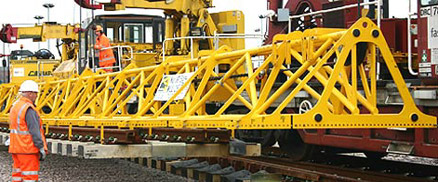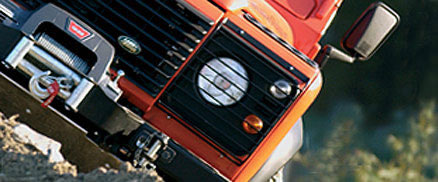The following are some guidelines on the safe use of winches when used for lifting:
Always:
- Store and handle winches correctly.
- Inspect the winch, rope and accessories before use and before placing into storage.
- Ensure mounting and suspension points are secure and suitable for the full loads that will be imposed.
- Lift the load just clear, halt for a short period to ensure the integrity of the brake or sustaining mechanism before completing the lift.
- Use a speed appropriate to the specific application.
- Keep hands and feet clear of ropes, drums etc.
Never:
- Raise loads by revolving the drum in the opposite direction to that indicated.
- Use winches with loose or insecure handles.
- Use the pawl to arrest descending loads.
- Use winches if the rope is twisted or trapped.
- Over wind the rope on or off the drum.
- Use winches for man-riding applications unless they are specifically designed for that purpose.
Storing and Handling Winches
- Never return damaged winches, ropes etc to storage. They should be dry, clean and protected from corrosion.
- With winches used for temporary applications, remove the rope for separate storage or wind it fully onto the drum and lash in position to prevent damage.
- With winches left in situ, remove pulleys etc and wind the rope fully onto the drum. Where this is not possible, pulleys etc should be positioned to protect them from damage and so as not present a danger to persons or other equipment. Isolate any power supply.
Regularly inspect the winch and, in the event of the following defects, refer the winch to a Competent Person for thorough examination: mounting insecure; loose or missing bolts; winch frame distorted; rope drum flanges chipped or cracked; rope anchorage loose or pulled; ratchet or pawl worn; brake worn or slipping; rope worn, or winding incorrectly; broken wires; gears worn, or not positively locating; any other visible damage, corrosion, defects or operational faults.


